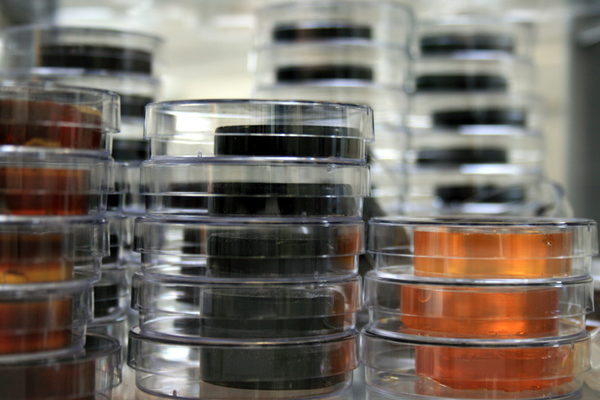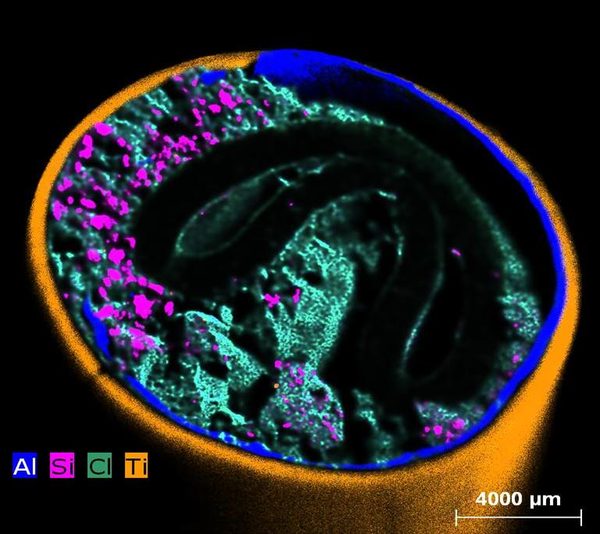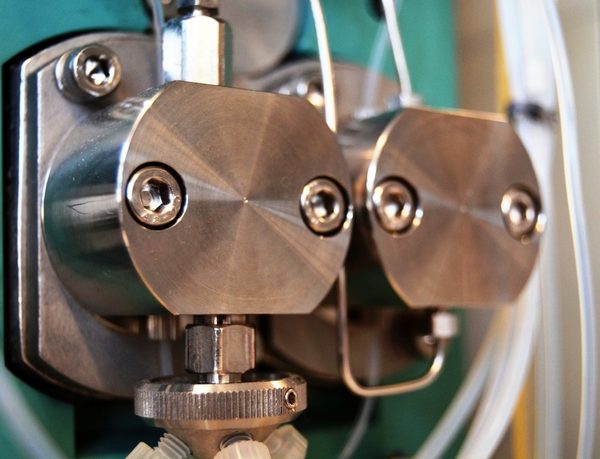Development and production of calibration materials for XRF and ICP

Research in the field of direct solid analysis methods requires suitable polymeric standard materials. For more than 20 years, the IAKA working group has been intensively involved in the development of element-doped plastics for the calibration of LA-ICP-MS and XRF systems. Only with the help of suitable standards can matrix effects be clarified, correction models developed and correct calibrations produced.
Damage analysis

Suddenly a component fails, even though it has been successfully produced for years and no one in the value chain has made any changes?
Do you find unknown deposits in your production process or on products? Is there discolouration or staining in some areas of your product? Do you need VOC analysis on a material? Do you need to replace an additive and the alternative does not provide the desired performance?
We can help you with these and other challenges with an experienced team of analysts with a background in materials science and a strong practical orientation!
Development of methods and applications

For more than 20 years, the development of analytical procedures and methods has been one of the focal points of instrumental and plastics analysis. Our expertise ranges from application support for spectroscopic and chromatographic methods to the optimization of your applications and the development of new complex analytical tasks.
Multivariate data analysis

The use of modern analysers, particularly coupled analysers, allows the use of multivariate data analysis methods and chemometrics. This means that correlations that are not readily accessible using conventional methods can be used for analysis.
Paper, talks and presentation workinggroup IAKA

List of publications of the IAKA working group


